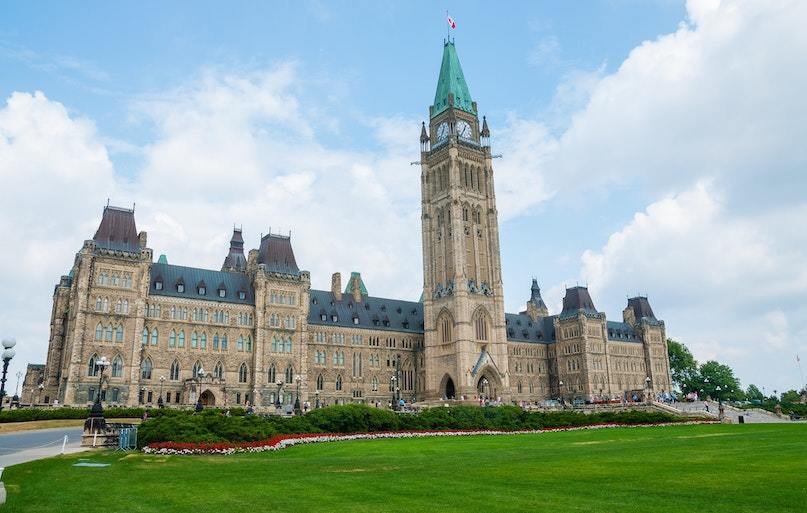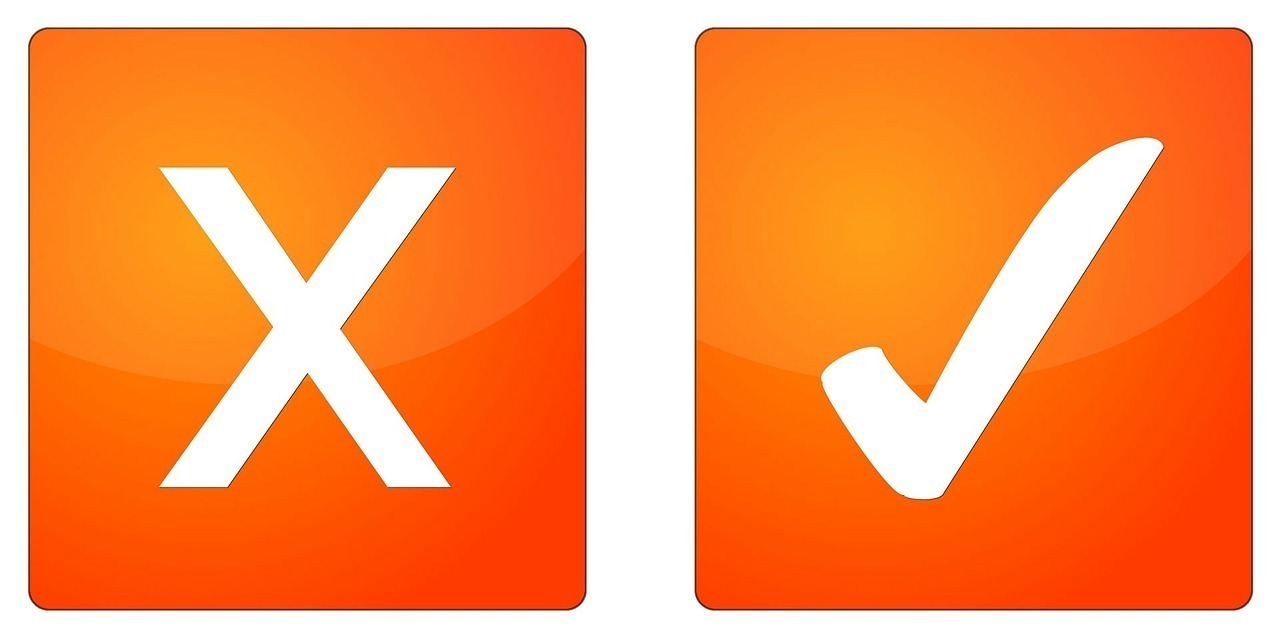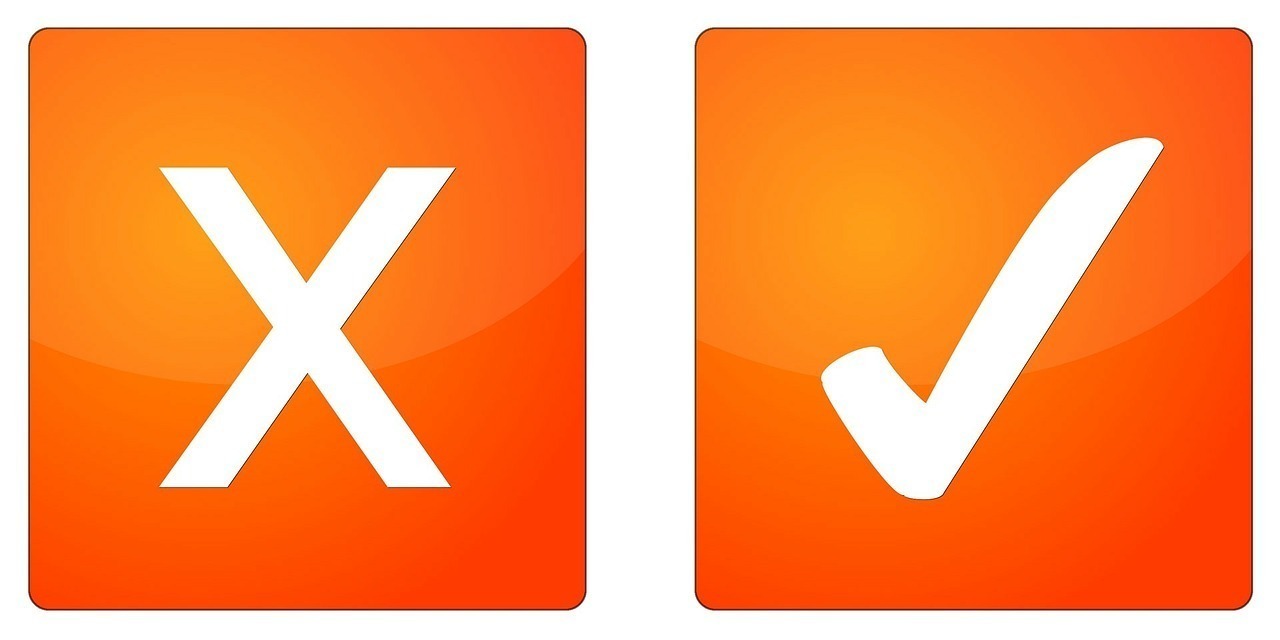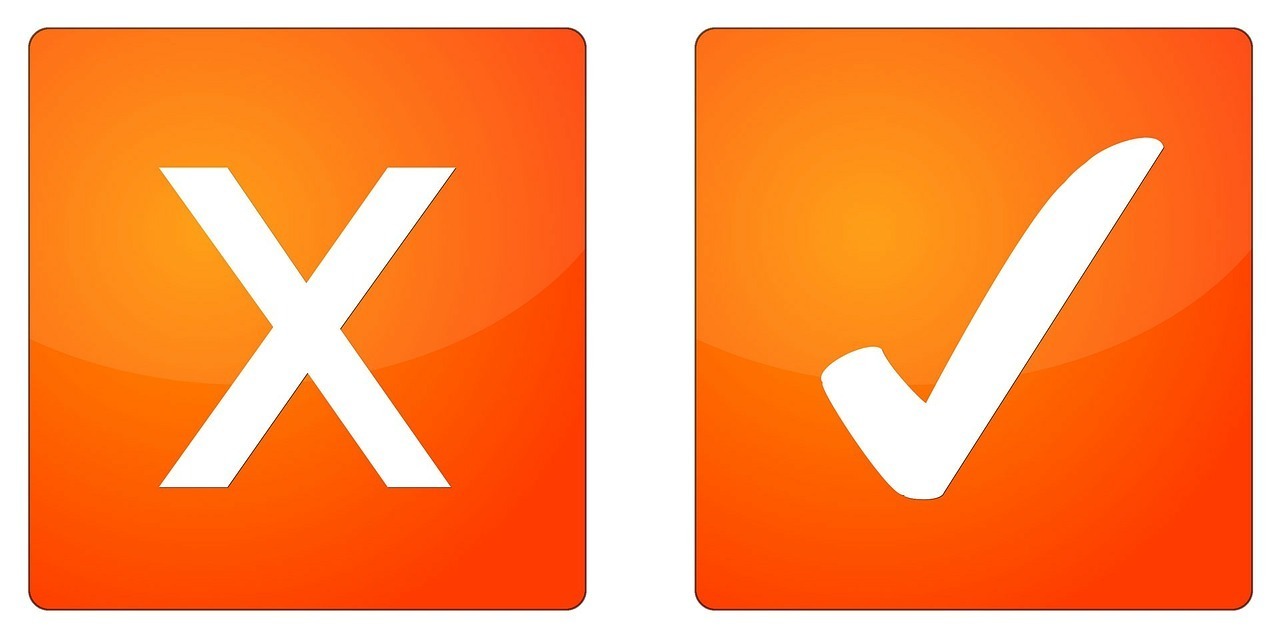Create Time 2019-05-09 11:05 Views:20830

A hush falls over the stadium. Thousands of Canadians fidget in their seats while those live streaming from home wait with bated breath. One man ascends the podium, an envelope in hand. The audience watches as he reaches inside, reads the card within and leans in to the microphone: “The people’s decision by overwhelming majority vote, is to accept these changes to our Canadian trademark law!” The stands erupt in cheers.
Of course, this isn’t what happened. Laws were passed, treaties signed, and new standards were applied while you, the small business owner, with no vote, could only sit and watch. What will these changes mean for you?
Today you get to “vote” on the various changes outlined in Bill C-31 and the several treaties coming into effect on June 17, 2019. After each proposed change, choose for yourself if you think the amendmend deserves a check or an x and then tally them up at the end for your results.
First, let’s define our voting blocs:
Businesses with a registered trademark
Businesses in the process of registering a trademark
Businesses who are considering trademark registration
Some of the major changes will affect your business differently depending on where you’re at in the trademark registration process. So let's get voting!
Canada will be joining the Nice Agreement and implementing the Nice Classifications of goods and services to standardize their applications, which thus far has been optional. They have also entered the Madrid Protocol as well as the Singapore Treaty, which includes over 47 countries.
Pros
Joining in treaties signed by a plurality of world trade countries makes your country’s businesses more attractive to global investors, partners, and customers.
Standardizing the Canadian trademark process to that of other countries makes it easier to take your Canadian intellectual property (IP) to those countries.
Selecting a set of classes will become much easier and more organized.
Cons
Adjusting Canadian trademark law to comply with these agreements and treaties necessitates many of the changes below.

The definition of trademarks will expand to include more non-traditional marks such as holograms, scents, tastes, textures, 3D shapes, moving images (e.g., GIFs), sounds, and the positioning of signs. They are also standardizing the examination process. Where previously marks were examined based on possibilities of confusion and descriptiveness, now trademark applications will have to show that the mark is distinctive.
Pros
By allowing more non-traditional marks, you can broaden your IP base and better protect every aspect of your brand. For example, Hasbro has trademarked the smell of Play-Doh.
In an age of VR (Virtual Reality) and other digital creations, these changes allow you to protect even your most futuristic trademarks.
Cons
Distinctiveness is a hazy area and this new requirement will likely cause an increase of objections at the examination stage, leading to further costs to the business owner.
For trademarks that are still in examination when the changes come into effect, the distinctiveness standard WILL apply even if you filed before June. Witmart can help you file or amend your application so that you meet the upcoming standards. (Note: trademarks that have reached publication are not subject to the new standards.)

As of June 17, 2019, providing a date and proof of first use or proposed use will no longer be a part of the Canadian trademark application. Canada will adopt the first-to-file system. Proof of use will still come in handy for oppositions, litigations, and cancellations, but it won’t be a prerequisite to filing.
Pros
You no longer need to provide proof of use which means that you can file straight away!
Cons
There will be an increase of filings as well as an increase in bad faith applications, which will lead to more litigation procedures to eat holes in your pocket.

According to the new laws, the period of protection for a trademark will be reduced from 15 years to 10. Registered trademarks that are renewed prior to June 17, 2019 will be protected for 15 years and then 10 years upon the next renewal. If you are up for renewal before June 17, be sure to take advantage.
Con
More frequent renewals = more renewal fees, more often.

Previously, registering a trademark cost $450 and a renewal was $350, with no additional costs for classes. Come June, instead of the $450, there will be a government fee of $330 for the first class of goods and services and $100 for each additional class. The fee for renewal will switch to $400 for the first class and $125 for each additional class.
Pros
If you only want to file in one class, this structure is cheaper.
Cons
If you want to file in multiple classes, it is much more expensive.
Renewal is more expensive no matter how few classes you have.

If you tally up your votes and you find that the Nays have it, you may feel discouraged. However, despite the new complexities in filing as well as the increased fees, it is more necessary than ever to protect your intellectual property now that Canada will adopt the first-to-file system.
The best option is to avoid lawyerly fees on top of these already towering costs and instead work with companies like Witmart who offer flat rates and are well prepared to tackle these changes with you.
Want to get ahead of these upcoming changes? Visit our website to learn more about our trademark services or call 1 855-497-7273 for a free consultation.
Disclaimer: This website is not intended to offer legal advice or to be a substitute for a consultation on a case-by-case basis with an attorney. The information provided above is meant for informational purposes only and may be subject to change.
© 2019 Witmart, Inc. All Rights